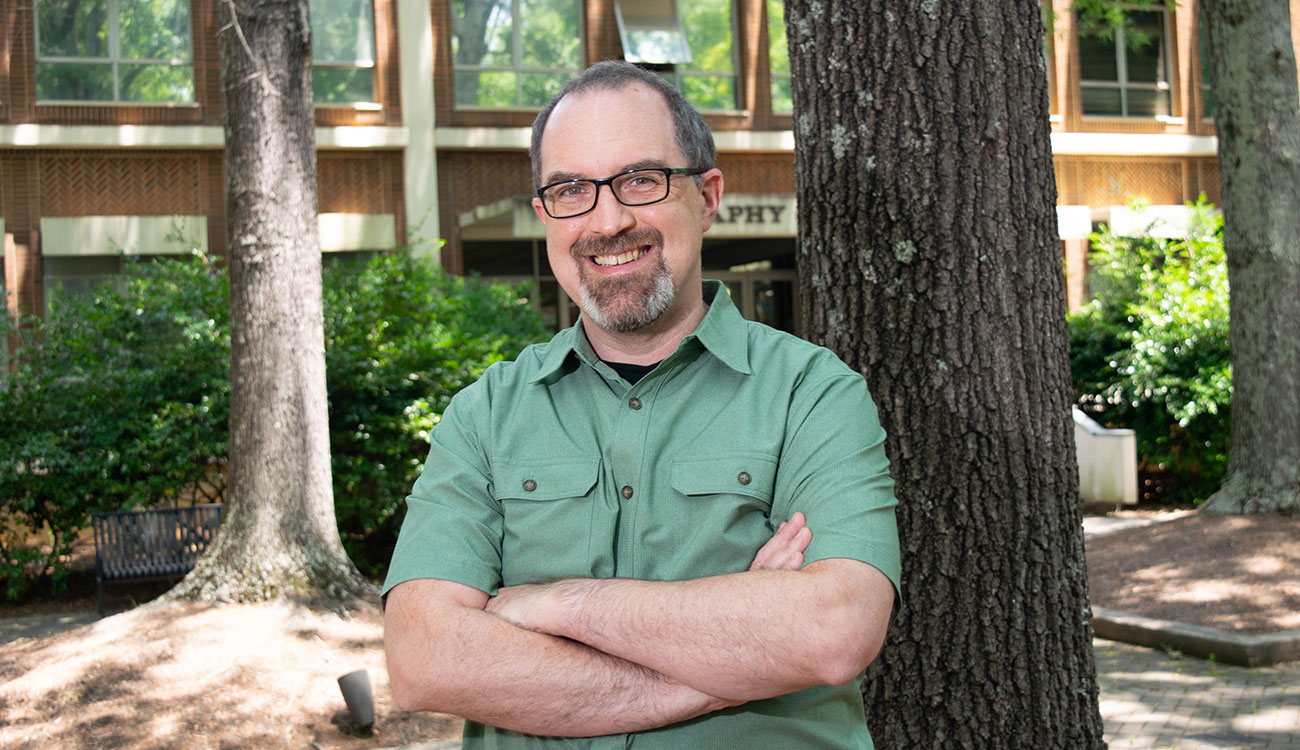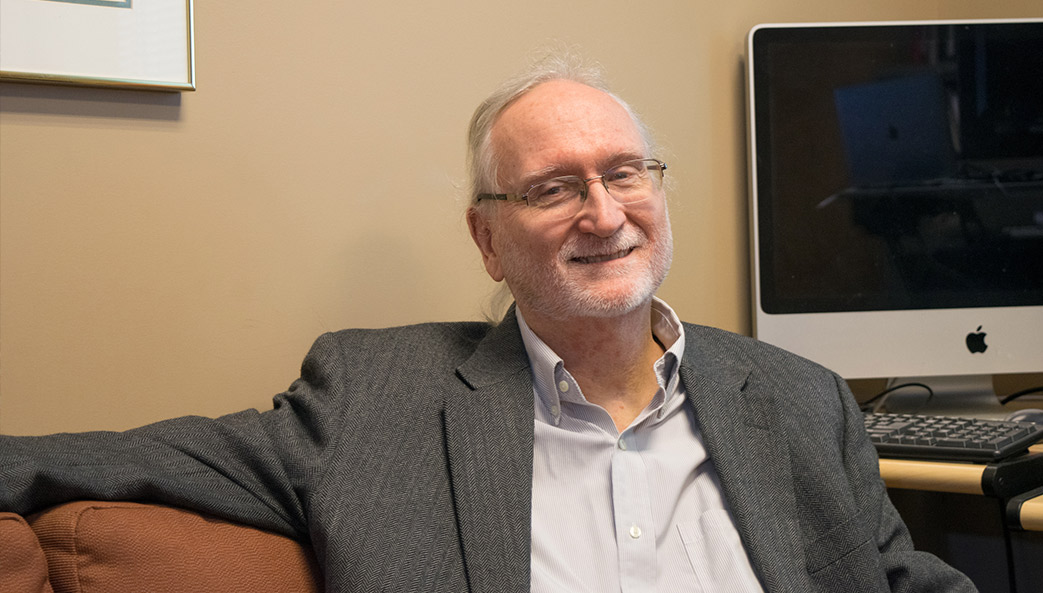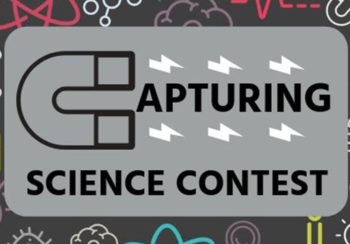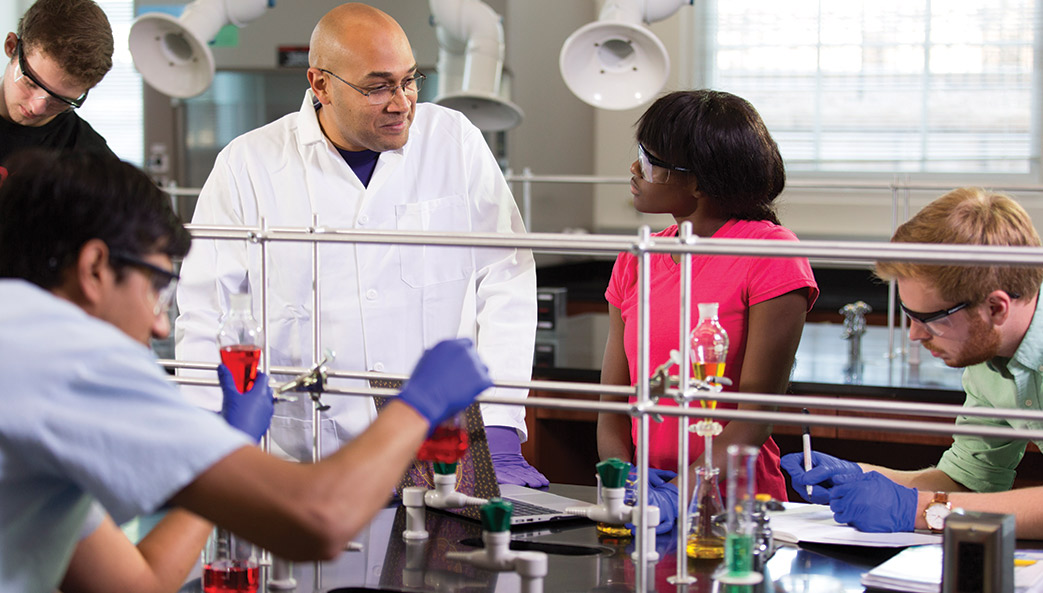Local populations understand their communities best. They’re familiar both with points of pride and with areas that could be improved. But determining the nature of those improvements from best practices, as well as achieving community consensus on implementation, can present a different set of challenges.
Jerry Shannon, associate professor of geography in the Franklin College of Arts & Sciences, worked with a team of researchers to introduce a citizen science approach in 11 communities across Georgia, from Rockmart to Monroe to Millen. This work combines local knowledge with emerging digital technologies to bolster community-driven efforts in multiple communities in rural Georgia. His research was detailed in a paper, “‘Really Knowing’ the Community: Citizen Science, VGI and Community Housing Assessments” published in December in the Journal of Planning Education and Research.
Shannon worked with the Georgia Initiative for Community Housing, managed out of the College of Family and Consumer Sciences (FACS), to create tools for communities to evaluate and launch plans to address their housing needs and revitalization. This citizen science effort resulted in a more diverse and inclusive body of data that incorporated local perspectives.
“Through this project, we hope to further support and extend these community-driven efforts to assure affordable, quality housing,” said Shannon. “Rural communities don’t have the resources internally to do this work themselves. We provide training and tools to these communities.”
As part of their participation in the GICH program, each Georgia community assembled a housing team consisting of elected officials, members of community organizations and housing professionals such as real estate agents. The team recruited volunteers from student groups and religious organizations to conduct so-called “windshield surveys,” where participants work from their vehicle or walk the neighborhoods.
“We’re never on people’s actual properties, but people still want to come out and find out what we’re doing. You end up having conversations with them,” Shannon said. “This is where it’s really helpful to have people from city government or locals doing the surveys; they can easily connect with the community to ease anxieties and explain the purpose.
“The goal is to build a connection,” Shannon said. “Normally when you start talking about property redevelopment, people get worried that it’s going to be antagonistic, that ‘the city is going to fine me or make me spend money to repair something.’ We want them to know we’re there to help them.”
Shannon collaborated on the project with Kim Skobba and the late Karen Tinsley, both faculty in FACS. Previously, Skobba and Tinsley had used paper survey forms in similar projects. With Shannon’s assistance, the teams began collecting data using tablet computers, analyzing results in real time via an online dashboard.
“I made a digitized version that eliminated the data-entry process and saved a lot of time,” said Shannon. “The data is immediately available, which helps them get a better sense of what housing conditions look like in their area. Once the Housing Teams working with GICH have this data, they can start to make decisions about what problems they want to prioritize. It helps them apply for federal or state funding and use it more efficiently.”
Across all communities, the three most common issues reported were dry rot, repainting on the exterior, and missing shingles. Connecting with locals helps the communities prioritize existing problems like these—and can yield unexpected benefits.
In one town, team members were surprised by the number of tires piled in residents’ yards. They were able to remove the tires after receiving funding from Georgia’s Environmental Protection Division through a program targeted at prevention of Zika virus, as tires are a common habitat for mosquitoes.
For example, in southeast Georgia’s Jenkins County—population 8,340, county seat of Millen—officials used their housing assessment to improve the county’s 911 system and incorporated the findings into Jenkins’ urban redevelopment plan. County leaders also use the assessment data to support their annual Community Development Block Grant and Community Home Investment Program applications.
While technology can make projects like this easier, Shannon said many challenges remain—including having enough volunteers to gather data efficiently within the study period. Also, housing teams regularly bring in volunteer help from outside of the community, and this can lead to some volunteers being uncomfortable or even fearful in the unfamiliar areas.
Addressing these issues is a goal for future work, Shannon said. He also hopes to develop data-analysis templates to guide community decision making, specifically analysis of renter/owner-occupied properties and identification of the largest property owners.
“When we think about local communities, we think of them as monolithic, but there are subgroups within communities,” said Shannon. “It’s a chance for people to dispel stereotypes they might hold about specific neighborhoods. And again, that is one of the goals of doing these kinds of projects, that you’ll build relationships across divides.”
Funding for this research was provided by the U.S. Department of Agriculture through the National Institute of Food and Agriculture.






